Introduction to Line Scanning
Welcome to another brand new series of blog posts here at Clearview Blog. Over the next four posts, we will be exploring line scan imaging.
The history of line scan imaging
Let us briefly consider that we live in a world of printed information. During the time of the industrial revolution, exponential technological advancements were being pushed in brand new industries that sought to further the bounds of human capability. One such area of advancement focused on developing techniques to scan (and transmit) this printed information that, by this point, we have come to rely on so heavily.
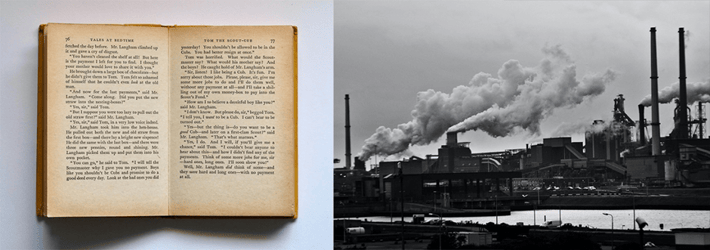
There were a number of early attempts at scanning and transmitting printed information and images remotely, some notable examples of this being Bain’s “Electric Printing Telegraph” in 1846, Caselli’s Pantelegraph in 1860, Hummel’s Telediagraph in 1895, and Belin’s Bélinograph in 1913. The latter of which was the first of its kind to implement a photocell to scan printed text and images, a precursor to the modern imaging sensors of today.
The modern age of scanning
Now let’s fast-forward to 1964, when the Xerox corporation patented and produced what many consider to be the first commercial fax machine of its kind. It used a type of photographic sensor known as a "drum scanner" or "rotating drum scanner." This technology was also commonly referred to as the "Xerographic scanner."
Both the xerographic drum scanner from the past and modern line scan imaging share the core concept of capturing images line-by-line. In the drum scanner, a photoconductive drum was charged uniformly and exposed to light from the document, creating an electrostatic latent image. This image was then developed with toner and transferred to paper.
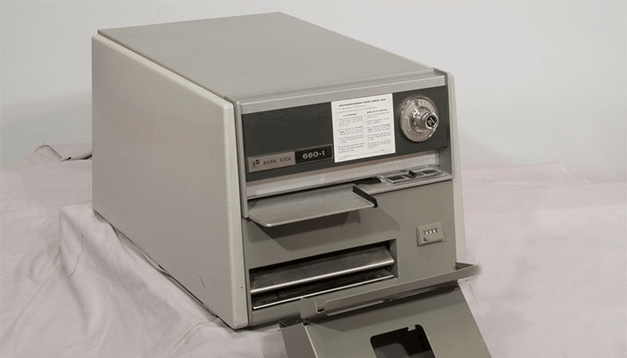
The Xerox 660 desktop copier, 1966. Photo credit xeroxnostalgia.com.
This technology dramatically evolved over the following 50+ years to the present day, where we have LED illuminated line scanning photocopier machines in most offices and indeed many homes.
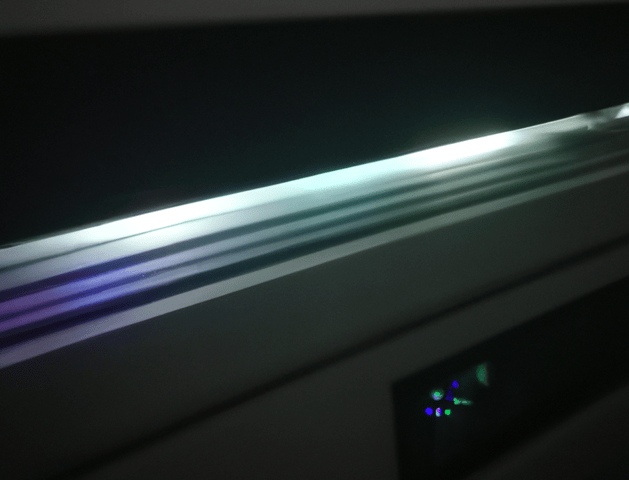
The humble office scanner is a prime example of everyday line scanning.
How do line scan cameras work?
In modern line scan imaging, a camera or sensor captures individual lines of an image as an object moves, building a complete image sequentially. While the technologies differ in their mechanisms and applications, the foundational idea of capturing information in a linear manner remains constant. This line-by-line approach allows for high-resolution imaging and finds applications in diverse fields, reflecting a continuum of innovation in imaging technology over time.
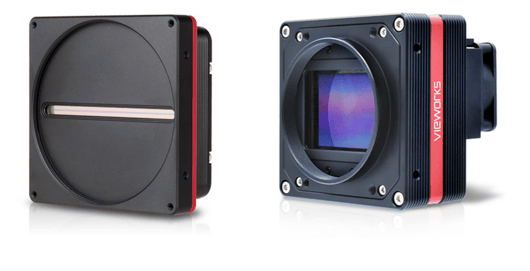
Modern Vieworks line scan and area scan cameras side-by-side
Line scan imaging is a specialised technique within the field of machine vision that involves capturing images one line at a time instead of capturing the entire image all at once. In traditional digital cameras or sensors, a snapshot of the entire scene is taken simultaneously, resulting in a complete image. This is known as area scan.

Visualisation of a single area scan capture: full X & Y axis resolution
However, in line scan imaging, a single row of pixels is captured sequentially as the camera or sensor moves relatively along the scene. These rows of pixels are then stitched together to form a complete image.
![]()
Visualisation of a single line scan capture: Full X axis resolution with just 1 pixel in the Y axis
Working principles of line scan imaging
The two working principles of line scan cameras revolve around their method of capturing images line by line, which is distinct from the more conventional area scan cameras that capture the entire image in one shot.
In the context of line scan cameras, there are two fundamental approaches to image acquisition based on how the camera and the object being imaged interact:
-
Object movement (conveyor principle):
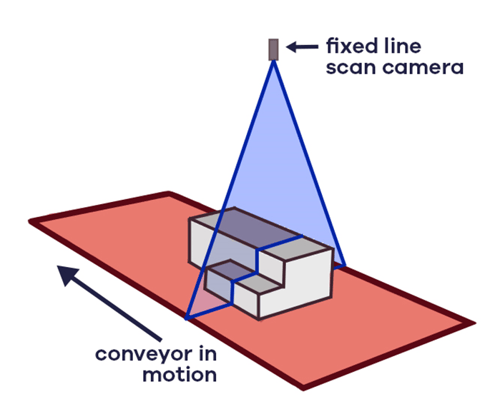
In this method, the object to be imaged is moved past the stationary line scan camera using a conveyor belt or a similar mechanism. As the object moves, the camera captures one line of pixels at a time, building up the image line by line. This approach is commonly used in scenarios where the object can be easily transported, such as inspecting products on a production line or scanning continuous materials like fabrics or papers.
-
Camera movement (scanner principle):
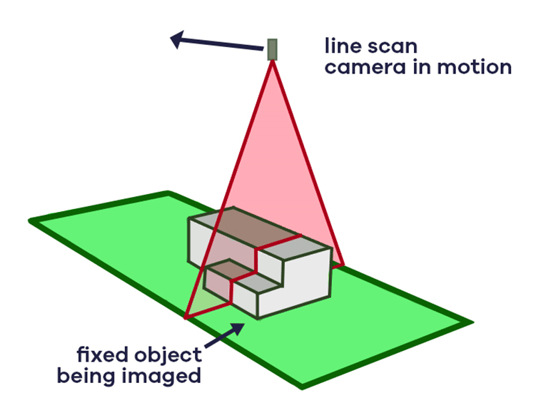
Alternatively, the line scan camera itself can be moved along a stationary object. This is similar to how a flatbed scanner moves a scanning head across a document to create an image. As the camera moves, it captures lines of pixels and stitches them together to form a complete image. This approach is suitable when the object is difficult to move or when capturing a large object using a fixed camera setup.
Both of these methods involve capturing a series of lines to create a complete image. This sequential process allows line scan cameras to capture images with higher resolutions and better detail, particularly when dealing with moving objects or objects that are larger than the camera's field of view.
The synchronisation between the camera's line capture and the object's movement is critical in both approaches to ensure accurate image reconstruction. Any mismatch in timing could lead to distortions or artifacts in the final image. This is often achieved by using an encoder.
Encoders
Encoders are crucially important pieces of equipment that measure the line rate and feeds a continuous signal to the camera. There are two types of encoders: rotary and linear.
Rotary encoders
Rotary encoders convert rotational movement into pulses, offering a range of up to 32,000 pulses per revolution, with programmable variants providing unmatched flexibility. These encoders adjust the correlation between encoder ticks and pixels through configuration settings in your line scan camera or image acquisition card, allowing you to fine-tune the connection to your specific needs. Signals are conveyed differentially or via TTL/HTL signals, ensuring seamless integration with your hardware setup.
Linear encoders
On the other hand, linear encoders utilise contact-free magnetic reading heads to generate pulses, capitalising on magnetic tape affixed within millimetres to trigger movements as minuscule as 0.001 mm. Some models are programmable, enabling you to define the tick count per unit of distance, offering precise control. Similar to their rotary counterparts, linear encoders also transmit data differentially or via TTL signals, aligning seamlessly with the interfaces of your image acquisition card or line scan camera. Whether rotary or linear, understanding encoder types empowers you to harness motion for accurate and detailed machine vision applications.
Unique advantages of line scan imaging
Line scan imaging offers several unique advantages that make it well-suited for specific applications within the field of machine vision:
-
Less Complexity in Illumination:
One of the biggest attractions with line scan imaging is that the lighting is much easier to get right than with area scan. The linear capture nature of line scan imaging means that only a small area needs to be properly illuminated, compared with area scan cameras, which need uniform lighting over the entire scene. -
High Resolution:
Line scan cameras can achieve extremely high resolutions since they capture images line by line. This makes them ideal for applications that require detailed and precise imaging, such as inspecting fine textures, small components, or intricate patterns. -
Continuous Inspection:
Line scan imaging is particularly suitable for inspecting long or continuous materials like fabrics, paper, or metals. Since the camera captures lines one after the other, it can seamlessly inspect extended objects without interruption. -
No Perspective Distortion:
As the resolution of a line scan camera consists of a single row of pixels, it images an incredibly accurate representation of the scene and object with no perspective distortion.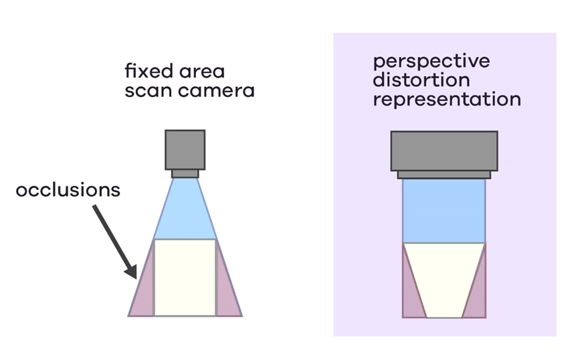
In area scan images, because the sensor is smaller than the scene, occlusions usually occur when imaging from one fixed angle. This can make the closest features of the object appear larger than the furthest features.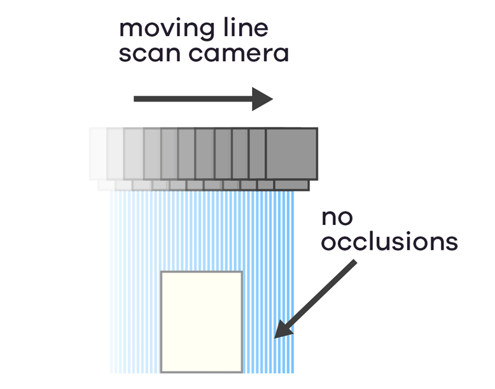
With line scan imaging, as the camera moves past the object, it is continually taking new images to be stitched together. This process avoids occlusions present in area scan images, thus eliminating perspective distortion. -
Unwrapping cylindrical objects:
When imaging round or cylindrical objects, line scan cameras can 'unwrap' the object by rotating it while capturing images. This allows for accurate and undistorted inspection of curved surfaces, which works well in applications such as label inspection and verification for curved products. -
Precision Measurements:
Line scan imaging is excellent for making accurate measurements, especially when combined with calibrated setups. It's widely used in industries requiring precise measurements, such as metrology or quality control. -
Efficient Data Transmission:
When used with a frame grabber, line scan cameras transmit image data line by line, which can be more efficient than transmitting entire frames of data in one go. This can be advantageous for high-resolution imaging and real-time analysis. -
Less Sensitivity to Object Size:
Unlike area scan cameras that require the object to fit within their field of view, line scan cameras can image objects larger than their field of view by moving the camera or the object.
In which applications does line scan excel?
By capturing images line by line, line scan imaging can achieve higher resolutions and detailed images of objects in motion that might be challenging to capture using traditional methods. It allows for precise analysis of objects, identification of defects, and detailed examination of textures and structures.
Line scan imaging is particularly well-suited for scenarios where capturing high-resolution images of moving objects or detailed textures is crucial. Here are some situations where line scan imaging is commonly used:
-
Web Inspection:
In industries like printing, packaging, and textile manufacturing, line scan cameras can be used to inspect continuous materials (like paper or fabric) as they move through a process. This ensures that no imperfections or defects go unnoticed. -
Pharmaceutical Manufacturing:
In the pharmaceutical industry, line scan imaging can be used to inspect pill coatings, labels, and other product details on a production line. -
High-Resolution Imaging:
For applications that require extremely high-resolution images, such as scanning artwork, historical documents, or cultural artifacts, line scan imaging can provide detailed and accurate results. -
Material Inspection:
Line scan imaging can help identify microscopic defects or inconsistencies in materials like semiconductors or electronic components. For instance, line scan imaging is proving particularly useful for producing high-resolution scans of lithium-ion batteries, including those used in electric vehicles (EVs).
Line scan imaging summary
There is lots more to cover with line scan imaging, and we will continue to pull back the curtain on this topic in the next few blog posts. As we’ve covered, the working principle of line scan cameras relies on capturing images line-by-line either by moving the object past a stationary camera or by moving the camera along a stationary object. This approach to machine vision enables the capture of detailed and high-resolution images, making line scan cameras valuable tools in various applications within the realm of machine vision.
Helping you make the right vision decision
Want to find out more about revamping a vision system or automating industrial processes? Look no further – get in touch with us. Also, be sure to check out our great range of smart cameras and machine vision software over in our products section!
Here at Clearview, we have a broad range of knowledge and machine vision expertise to help you decide on the right solution for your project.
We offer friendly expertise and a huge range of industry-standard quality machine vision components for printing and packaging, robotics, industrial automation, medicine, life sciences, and the automotive industry, just to name a few.
Our experts are happy to help no matter what your question or problem may be. Feel free to get in touch with us and one of our machine vision experts will be ready to help you get going with your project.








